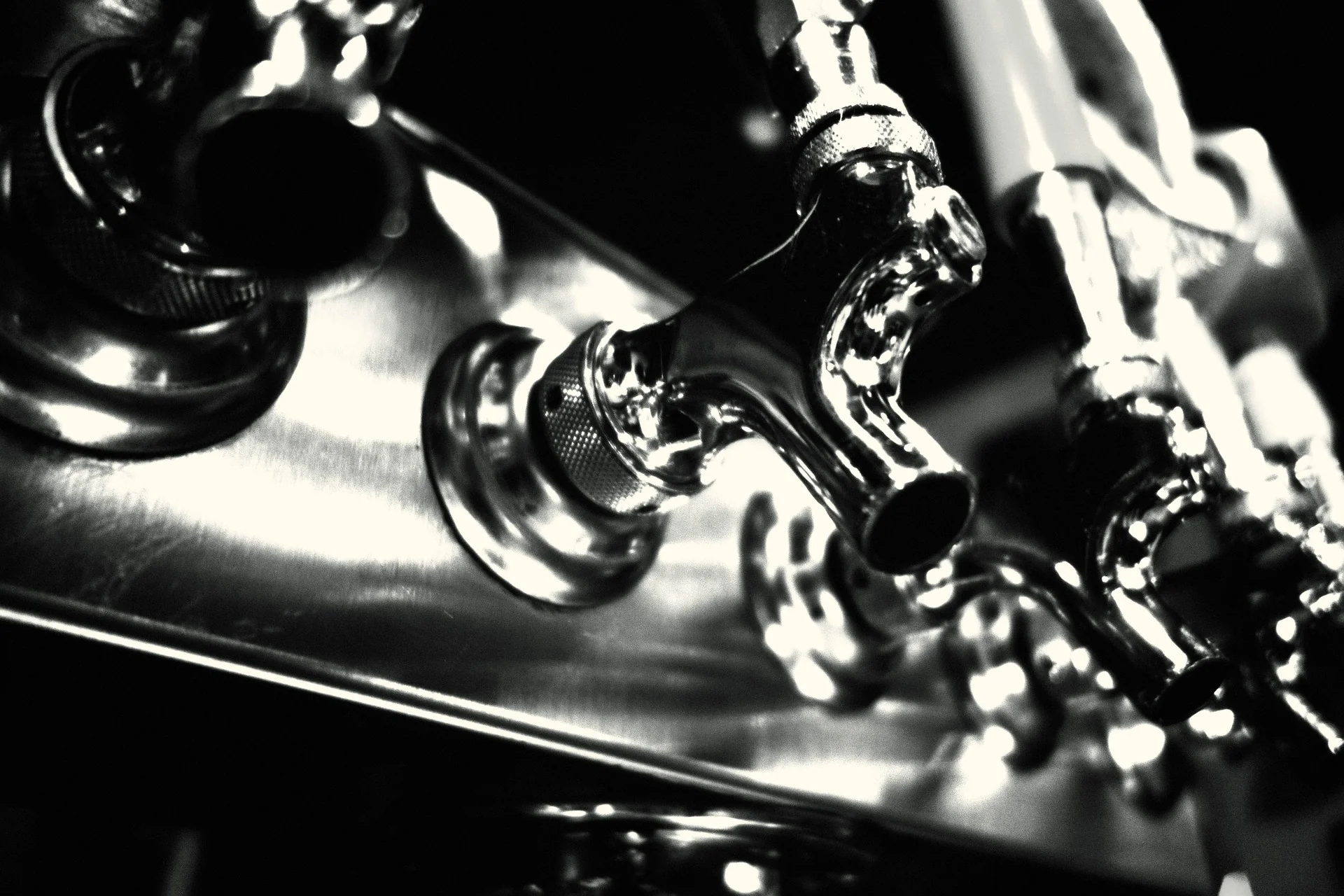

Articles
Why Does Kegerator Sweat On Bottom
Modified: March 1, 2024
Discover articles on why kegerators sweat on the bottom and how to prevent it. Learn about the causes and solutions to this common issue in this informative guide.
(Many of the links in this article redirect to a specific reviewed product. Your purchase of these products through affiliate links helps to generate commission for Storables.com, at no extra cost. Learn more)
Introduction
A kegerator is a popular appliance among beer enthusiasts, allowing them to have draft beer on tap at home. However, one common issue that many kegerator owners face is sweating on the bottom of the unit. This moisture buildup can be not only unsightly but also a cause for concern, as it can potentially damage the surrounding area or affect the functionality of the kegerator itself.
In this article, we will explore the phenomenon of kegerator sweating and delve into the various factors that contribute to it. We will also discuss some preventive measures that you can take to minimize or eliminate this issue.
So, if you’ve ever wondered why your kegerator sweats on the bottom and how to address it, keep reading!
Key Takeaways:
- Prevent kegerator sweating by ensuring proper insulation, effective ventilation, consistent temperature control, and correct installation techniques. Regular maintenance is crucial for optimal performance and a sweat-free kegerator.
- Address kegerator sweating by identifying and addressing causes such as high humidity, poor insulation, inadequate ventilation, temperature fluctuations, and improper installation. Implement preventive measures to maintain a sweat-free kegerator and enjoy refreshing draft beer.
Read more: Why Does My Salt Lamp Sweat
Understanding Kegerators
Before we dive into the specifics of kegerator sweating, let’s first clarify what a kegerator actually is. A kegerator is a specialized refrigerator or freezer unit that is designed to store and dispense draft beer. It typically consists of a refrigeration unit, a beer keg, a CO2 tank, and a dispensing system.
Kegerators provide beer lovers with the convenience of having a constant supply of cold, carbonated beer on tap in the comfort of their own homes. They are commonly used in man caves, home bars, or even for outdoor gatherings.
These units are designed to maintain a specific temperature range to keep the beer cool and carbonated. The refrigeration system in a kegerator is responsible for maintaining the desired temperature, while the CO2 tank provides the pressure needed to dispense the beer.
Now that we have a basic understanding of what a kegerator is, let’s move on to the topic of kegerator sweating.
What is Kegerator Sweating?
Kegerator sweating refers to the phenomenon where condensation forms on the exterior surfaces of the kegerator, particularly on the bottom. This condensation can appear as water droplets or a thin film of moisture on the surface, making the kegerator appear moist or “sweaty.”
While a little bit of condensation on the kegerator is not uncommon, excessive sweating can be a cause for concern. Not only is it aesthetically unappealing, but it can also lead to potential issues such as water damage to the surrounding area or the growth of mold and mildew.
Excessive kegerator sweating can also be an indication of an underlying problem with the unit’s insulation, ventilation, temperature control, or installation. Therefore, it’s important to address this issue promptly to prevent any further damage or complications.
Next, let’s explore some of the common causes of kegerator sweating.
Causes of Kegerator Sweating
There are several factors that can contribute to kegerator sweating. Understanding these causes can help you identify the root of the problem and take appropriate measures to prevent or minimize the issue.
Environmental Factors: One of the primary causes of kegerator sweating is the surrounding environment. High humidity levels in the room where the kegerator is located can result in excess moisture condensing on the unit. This is especially true if there is poor air circulation or the kegerator is placed in a damp area.
Insufficient Insulation: Another common cause of kegerator sweating is inadequate insulation. If the walls and door of the kegerator are not properly insulated, warm air from the surroundings can penetrate the unit, causing the internal temperature to fluctuate. This temperature difference can lead to condensation forming on the exterior surfaces.
Poor Ventilation: Inadequate ventilation can also contribute to kegerator sweating. If the condensation inside the unit cannot escape, it can accumulate and eventually make its way to the exterior. Additionally, if the cooling system is not properly ventilated, it can lead to temperature imbalances and increased moisture buildup.
Temperature Fluctuations: Fluctuating temperatures can also play a role in kegerator sweating. If the internal temperature of the kegerator changes frequently or if there are significant temperature variations in the surrounding environment, it can cause moisture to form on the unit’s exterior.
Improper Installation: Lastly, incorrect installation of the kegerator can contribute to sweating. If the unit is not level or if the seals and gaskets are not properly fitted or damaged, it can allow warm air to enter, causing condensation to form.
Identifying the specific cause of kegerator sweating is crucial to effectively addressing the issue. In the following sections, we will discuss preventive measures that can help minimize or eliminate kegerator sweating.
Environmental Factors
One of the primary causes of kegerator sweating is the surrounding environment in which the unit is located. Environmental factors such as high humidity levels and poor air circulation can contribute to excess moisture buildup and condensation on the kegerator.
High Humidity: When the humidity in the room is high, the moisture in the air can easily come into contact with the cold surfaces of the kegerator. This temperature difference causes the moisture to condense and form droplets or a film of water on the unit’s exterior.
Poor Air Circulation: Inadequate air circulation around the kegerator can exacerbate the problem of excessive sweating. If the unit is placed in a tightly enclosed space with little to no airflow, the stagnant air can accumulate moisture and prevent proper evaporation. This trapped moisture then leads to increased condensation on the kegerator’s surfaces.
To address these environmental factors, consider the following tips:
- Ensure that the room where the kegerator is located is well-ventilated. You can achieve this by opening windows or using fans to improve air circulation.
- If the room has high humidity levels, consider using a dehumidifier to lower the moisture in the air. This will help reduce the amount of condensation that forms on the kegerator.
- Avoid placing the kegerator in areas prone to moisture, such as near a dishwasher, sink, or laundry machine. These areas tend to have higher humidity levels and can contribute to increased sweating.
- If possible, place the kegerator in a room with consistent temperature and humidity levels. Avoid locations with extreme temperature variations or areas prone to drafts.
By addressing these environmental factors, you can minimize the occurrence of kegerator sweating and maintain the optimal performance of your unit.
Read more: Why Do Candles Sweat
Insufficient Insulation
Insufficient insulation is another common cause of kegerator sweating. If the walls and door of the unit are not properly insulated, it can allow warm air from the surroundings to penetrate the kegerator, causing the internal temperature to fluctuate. These temperature fluctuations can lead to condensation forming on the exterior surfaces of the unit.
Proper insulation is essential to maintain a consistent internal temperature and prevent moisture buildup. Here are some steps you can take to address insufficient insulation:
- Check the Door Seal: Inspect the door seal of your kegerator for any signs of wear or damage. If the seal is compromised, warm air can infiltrate the unit, leading to temperature fluctuations and subsequent sweating. Replace the door seal if necessary to ensure a tight and effective seal.
- Add Insulation: If you find that your kegerator lacks sufficient insulation, you can consider adding additional insulation to the unit. This can help improve temperature retention and minimize condensation. Insulation materials such as foam insulation boards or thermal blankets can be applied to the interior walls of the kegerator to enhance its insulation properties.
- Seal Gaps and Leaks: Inspect the kegerator for any gaps or leaks that may be allowing warm air to enter. Seal any openings with appropriate materials, such as caulk or weatherstripping, to prevent the infiltration of warm air and maintain a more stable internal environment.
By addressing insufficient insulation, you can create a more controlled and stable environment within your kegerator, reducing the chances of sweating and improving its overall efficiency.
Poor Ventilation
Poor ventilation is another factor that can contribute to kegerator sweating. Proper air circulation is important to prevent the buildup of moisture inside the unit, which can eventually lead to condensation on the exterior surfaces.
If the cooling system of the kegerator is not properly ventilated, it can result in temperature imbalances and increased moisture accumulation. Here are some steps you can take to improve ventilation and reduce kegerator sweating:
- Clean Air Vents: Regularly clean and remove any dust or debris from the air vents of the kegerator. Clogged vents can restrict airflow, preventing proper ventilation and contributing to moisture buildup. Use a soft brush or vacuum cleaner to remove any accumulated dirt or dust.
- Check Fan Operation: Ensure that the cooling fan in the kegerator is functioning properly. A faulty or inefficient fan can hinder the air circulation inside the unit, leading to temperature fluctuations and increased sweating. If necessary, consult the manufacturer’s instructions or seek professional assistance to repair or replace the fan.
- Consider Additional Fans: Depending on the design and setup of your kegerator, you may benefit from adding additional fans to improve air circulation. These fans can help distribute cool air more evenly throughout the unit, reducing the chances of condensation forming on the exterior surfaces.
By addressing poor ventilation, you can ensure that cool air circulates effectively within the kegerator, reducing moisture buildup and minimizing the likelihood of sweating.
Temperature Fluctuations
Temperature fluctuations can significantly contribute to kegerator sweating. When the internal temperature of the kegerator changes frequently or there are significant temperature variations in the surrounding environment, condensation is more likely to form on the unit’s exterior surfaces.
To minimize temperature fluctuations and reduce kegerator sweating, consider the following measures:
- Thermostat Calibration: Ensure that the thermostat of your kegerator is calibrated accurately. An improperly calibrated thermostat can lead to inconsistent temperatures, causing fluctuations that contribute to condensation. Consult the manufacturer’s instructions or seek professional assistance to calibrate the thermostat if needed.
- Stable Room Temperature: Avoid placing the kegerator in areas with extreme temperature variations or rapid temperature changes. Fluctuating room temperatures can affect the internal temperature of the unit and lead to sweating. Choose a location with a stable room temperature to help maintain a consistent environment for your kegerator.
- Avoid Heat Sources: Keep the kegerator away from direct sunlight, heating vents, or other heat sources. Excessive heat exposure can disrupt the cooling system and increase the likelihood of temperature fluctuations. Ensure that the area around the kegerator remains cool and free from any heat-emitting devices.
By taking these steps to minimize temperature fluctuations, you can create a more stable and controlled environment within your kegerator, reducing the occurrence of sweating and enhancing its overall performance.
To prevent a kegerator from sweating on the bottom, try placing a drip tray underneath the tap to catch any condensation. Additionally, make sure the door seals are tight and the temperature is not set too low.
Improper Installation
Improper installation of a kegerator can also contribute to sweating issues. If the unit is not installed correctly, it can lead to air leakage, uneven cooling, and increased moisture buildup. Addressing improper installation can help minimize or eliminate kegerator sweating.
Here are some important aspects to consider when installing a kegerator:
- Leveling: Ensure that the kegerator is level. A tilted or unevenly positioned unit can cause doors and seals to not close properly, resulting in air leakage and fluctuations in temperature. Use a level to check and adjust the unit as necessary.
- Seals and Gaskets: Inspect the seals and gaskets on the doors of the kegerator. Damaged or worn-out seals can allow warm air to enter the unit, leading to condensation and sweating. Replace any faulty seals or gaskets to ensure a tight and effective seal.
- Adequate Space: Provide sufficient space around the kegerator for proper ventilation. Avoid placing the unit in tight enclosures or against walls, as this can hinder airflow and contribute to temperature imbalances. Leave adequate space for air to circulate around the kegerator freely.
- Avoid Overcrowding: Do not overcrowd the kegerator with other items or obstruct the air vents. Proper airflow is crucial for maintaining a stable temperature and preventing moisture buildup. Keep the area around the kegerator clear to allow for efficient ventilation.
By ensuring proper installation, you can create an optimal operating environment for your kegerator, reducing the chances of sweating and ensuring its longevity and performance.
Read more: Why Is My Toilet Tank Sweating
Preventing Kegerator Sweating
Now that we’ve explored the causes of kegerator sweating, let’s discuss some preventive measures that you can take to minimize or eliminate this issue. By following these tips, you can maintain a sweat-free kegerator and ensure an optimal beer-drinking experience.
- Proper Insulation: Ensure that your kegerator has sufficient insulation to minimize temperature fluctuations. Check the door seal for any damage or wear and replace it if necessary. You can also consider adding additional insulation materials to improve the unit’s insulation properties.
- Effective Ventilation: Promote proper air circulation around the kegerator by keeping the area well-ventilated. Clean the air vents regularly to prevent blockages and ensure that the cooling fan is functioning properly. Consider adding additional fans if needed to enhance airflow.
- Consistent Temperature Control: Maintain a stable temperature within the kegerator by calibrating the thermostat accurately. Place the unit in a location with a stable room temperature and avoid direct sunlight or heat sources that can cause temperature fluctuations.
- Correct Installation Techniques: Ensure proper installation of the kegerator by leveling the unit and checking seals and gaskets for any leaks or damage. Provide adequate space around the kegerator for ventilation and avoid overcrowding the unit.
By implementing these preventive measures, you can significantly reduce the likelihood of kegerator sweating and maintain the optimal performance of your appliance.
Remember, regular maintenance and care are also crucial for preventing kegerator sweating. Clean the interior of the unit regularly, ensure proper CO2 tank maintenance, and promptly address any issues or malfunctions that may arise.
By taking proactive steps to prevent kegerator sweating, you can enjoy your perfectly chilled and refreshing draft beer without the worry of moisture buildup or damage to your kegerator.
Proper Insulation
When it comes to preventing kegerator sweating, proper insulation plays a crucial role. Insufficient insulation can lead to temperature fluctuations, which in turn can cause condensation to form on the exterior surfaces of the kegerator. By ensuring that your kegerator has sufficient insulation, you can minimize the chances of sweating and maintain a consistent internal temperature.
Here are some tips for ensuring proper insulation in your kegerator:
- Check the Door Seal: The door seal of your kegerator is an important component that helps maintain the internal temperature. Inspect the door seal for any cracks, tears, or signs of wear. If you notice any damage, replace the seal to ensure a tight and effective seal.
- Add Insulation: If you find that your kegerator lacks sufficient insulation, you can consider adding additional insulation materials. Foam insulation boards or thermal blankets can be applied to the interior walls of the kegerator to enhance its insulation properties. This extra layer of insulation helps to maintain a more stable temperature and reduce the likelihood of sweating.
- Seal Gaps and Leaks: Check for any gaps or leaks in the kegerator’s walls or door. These gaps can allow warm air to enter the unit, leading to temperature fluctuations and potential sweating. Seal any openings with appropriate materials, such as caulk or weatherstripping, to prevent the infiltration of warm air and maintain a more stable internal environment.
By ensuring proper insulation, you create a thermal barrier that helps your kegerator maintain a consistent temperature. This reduces the chances of temperature fluctuations that can trigger sweating and helps protect the beer inside.
Proper insulation not only prevents kegerator sweating but also improves the overall energy efficiency of the unit. The insulation helps to retain the cold air inside, reducing the workload of the refrigeration system and potentially lowering energy consumption.
Remember to regularly inspect and maintain the insulation of your kegerator to ensure its effectiveness. By doing so, you can enjoy your favorite draft beer without the worry of excess moisture or temperature fluctuations.
Effective Ventilation
Effective ventilation is crucial for preventing kegerator sweating. Proper airflow helps dissipate excess moisture and maintain a stable internal environment within the kegerator. When the cooling system is not adequately ventilated, it can result in temperature imbalances, increased humidity, and ultimately lead to sweating. By promoting effective ventilation, you can minimize the likelihood of condensation forming on the exterior surfaces of your kegerator.
Here are some tips for ensuring effective ventilation in your kegerator:
- Clean Air Vents: Regularly clean the air vents of your kegerator to ensure that airflow is not obstructed. Dust, dirt, and other debris can accumulate in the vents, restricting the circulation of air. Use a soft brush or a vacuum cleaner to remove any build-up and keep the vents clear.
- Check the Cooling Fan: The cooling fan is responsible for circulating cool air throughout the kegerator. Make sure that the fan is functioning properly and not obstructed. If you notice any issues with the fan, such as unusual noises or lack of airflow, consult the manufacturer’s instructions or seek professional assistance for repair or replacement.
- Consider Additional Fans: In some cases, adding additional fans can help improve the ventilation in your kegerator. These fans can be strategically placed inside the unit to enhance airflow and distribute cool air more evenly. Be sure to position the fans in a way that they do not interfere with the keg or other components of the kegerator.
By promoting effective ventilation, you allow for proper air circulation and prevent the accumulation of moisture inside the kegerator. This helps maintain a stable temperature and reduces the chances of condensation forming on the exterior surfaces.
It’s important to regularly inspect and clean the ventilation system of your kegerator to ensure its effectiveness. Keep the vents free from blockages and ensure that the cooling fan is in good working condition. This will help sustain proper airflow and minimize the risk of sweating.
By implementing these ventilation techniques, you can ensure optimal performance and longevity of your kegerator while enjoying your perfectly chilled draft beer.
Consistent Temperature Control
Consistent temperature control is vital in preventing kegerator sweating. Fluctuating temperatures can lead to condensation forming on the exterior surfaces of the unit, resulting in unsightly moisture buildup. By maintaining a stable and optimal temperature within your kegerator, you can minimize the occurrence of sweating and keep your beer at its best.
Here are some tips for achieving consistent temperature control in your kegerator:
- Thermostat Calibration: Ensure that the thermostat of your kegerator is calibrated accurately. An improperly calibrated thermostat can result in temperature fluctuations, leading to sweating. Consult the manufacturer’s instructions or seek professional assistance to calibrate the thermostat if needed.
- Stable Room Temperature: Choose a location for your kegerator with a stable room temperature. Avoid placing it in areas with extreme temperature variations, such as near heating vents or in direct sunlight. Fluctuating room temperatures can impact the internal temperature of the kegerator and contribute to sweating.
- Avoid Heat Sources: Keep your kegerator away from sources of heat that can affect its cooling system. Exposure to direct sunlight or proximity to appliances that radiate heat can cause temperature fluctuations. Find a cool and shaded spot for your kegerator to ensure more consistent temperature control.
By attaining consistent temperature control, you create a stable environment inside the kegerator that discourages condensation. This promotes the longevity of the unit, maintains the quality of your beer, and minimizes the need for cleaning up excessive moisture.
Regularly monitor the temperature of your kegerator to ensure it remains within the desired range. Keep in mind that temperature variations can occur naturally, especially during periods of high beer consumption or when the door is frequently opened and closed. However, by implementing proper temperature control practices, you can keep these fluctuations to a minimum and prevent unwanted sweating.
Remember to follow the recommended temperature settings for the type of beer you are storing in your kegerator, as different beers have different temperature requirements for optimal taste and quality.
By maintaining consistent temperature control, you can enjoy cold, refreshing draft beer without the concern of excess moisture or temperature fluctuations in your kegerator.
Correct Installation Techniques
Proper installation of your kegerator is essential in preventing sweating issues. Incorrect installation can lead to air leakage, uneven cooling, and increased moisture buildup, all of which contribute to condensation forming on the exterior surfaces of the unit. By following correct installation techniques, you can minimize or eliminate sweating and ensure the optimal performance of your kegerator.
Here are some important installation tips to consider:
- Leveling: Ensure that your kegerator is level. A tilted or unevenly positioned unit can cause doors and seals to not close properly, which can result in air leakage and temperature fluctuations. Use a level to check and adjust the kegerator’s position as necessary.
- Seals and Gaskets: Inspect the seals and gaskets on the doors of your kegerator. Damaged or worn-out seals can allow warm air to enter the unit, leading to condensation and sweating. Replace any faulty seals or gaskets to ensure a tight and effective seal to maintain the internal temperature.
- Adequate Space: Allow for sufficient space around your kegerator for proper ventilation. Avoid placing the unit in tight enclosures or against walls, as this can hinder airflow and contribute to temperature fluctuations. Provide enough clearance to ensure proper ventilation and prevent moisture accumulation.
- Avoid Overcrowding: Do not overcrowd your kegerator with other items or obstruct the air vents. Proper airflow is crucial for maintaining a stable temperature and preventing excessive moisture buildup. Keep the area around the kegerator clear to allow for efficient ventilation.
By following these correct installation techniques, you can create an optimal operating environment for your kegerator, reduce the chances of sweating, and ensure consistent cooling performance.
Regularly inspect and maintain the seals and gaskets on your kegerator’s doors to ensure their effectiveness. Clean the exterior surfaces of the unit regularly to prevent any debris from hindering the proper closure of the doors and compromising the insulation.
By properly installing your kegerator, you can enjoy your draft beer without worrying about moisture-related issues, ensuring that your unit performs at its best and your beer stays cool and refreshing.
Conclusion
Kegerator sweating can be a frustrating issue for beer enthusiasts, but with proper understanding and preventive measures, it can be effectively addressed. By identifying the causes of kegerator sweating and implementing the right strategies, you can minimize or eliminate this problem and maintain a sweat-free kegerator.
We explored the various causes of kegerator sweating, including environmental factors, insufficient insulation, poor ventilation, temperature fluctuations, and improper installation. High humidity, inadequate insulation, lack of ventilation, fluctuating temperatures, and incorrect installation techniques can all contribute to excess moisture buildup and condensation on the kegerator’s exterior surfaces.
To prevent kegerator sweating, we discussed several preventive measures. These include ensuring proper insulation to maintain stable temperatures and minimize temperature fluctuations, promoting effective ventilation for proper air circulation, maintaining consistent temperature control by calibrating the thermostat and avoiding heat sources, and following correct installation techniques such as leveling the unit, checking seals and gaskets, and providing adequate clearance.
Regular maintenance and care, such as cleaning the air vents, inspecting seals and gaskets, and monitoring the temperature, are also essential in preventing kegerator sweating and ensuring the optimal performance of the appliance.
By implementing these strategies and taking proactive steps to prevent kegerator sweating, you can enjoy your favorite draft beer without the worry of excess moisture or temperature fluctuations. A sweat-free kegerator not only adds to the aesthetic appeal of your home bar or man cave but also ensures the freshness and quality of your beer.
Remember, each kegerator may have unique characteristics and requirements, so it’s important to refer to the manufacturer’s instructions and guidelines specific to your unit. By combining the knowledge gained from this article with the specific recommendations of your kegerator’s manufacturer, you can effectively prevent kegerator sweating and enhance your overall beer-drinking experience.
Frequently Asked Questions about Why Does Kegerator Sweat On Bottom
Was this page helpful?
At Storables.com, we guarantee accurate and reliable information. Our content, validated by Expert Board Contributors, is crafted following stringent Editorial Policies. We're committed to providing you with well-researched, expert-backed insights for all your informational needs.
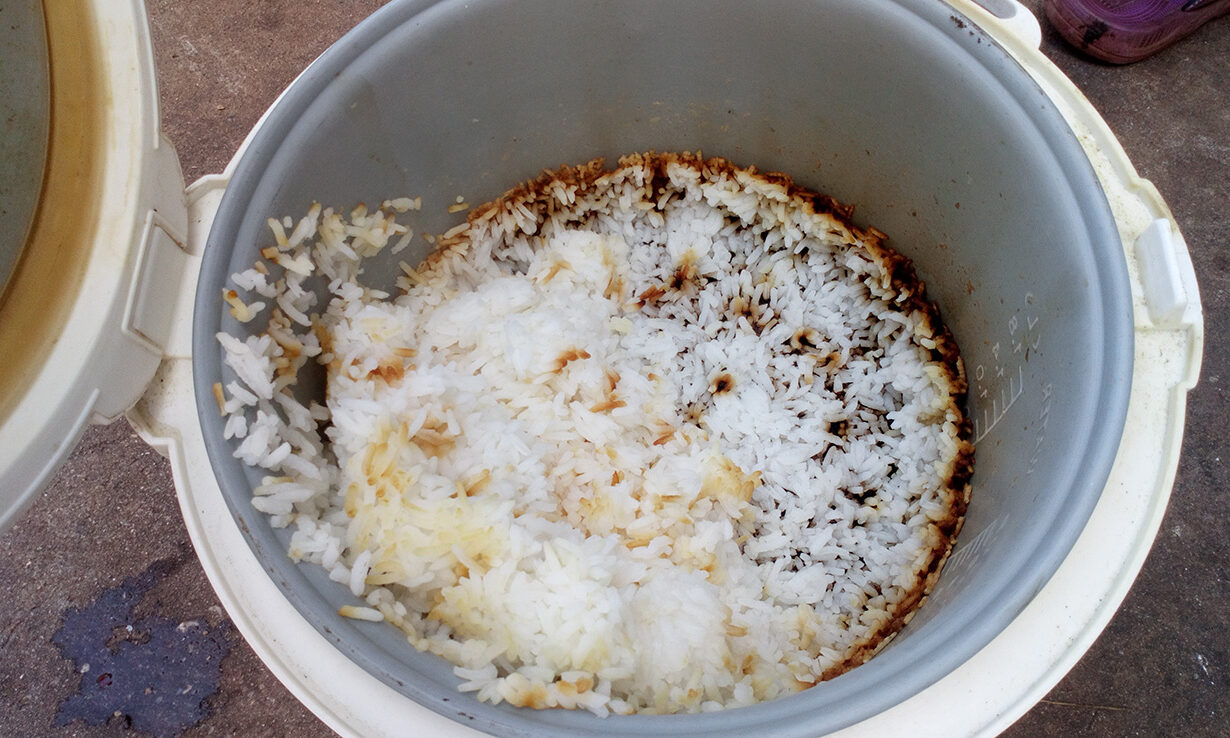
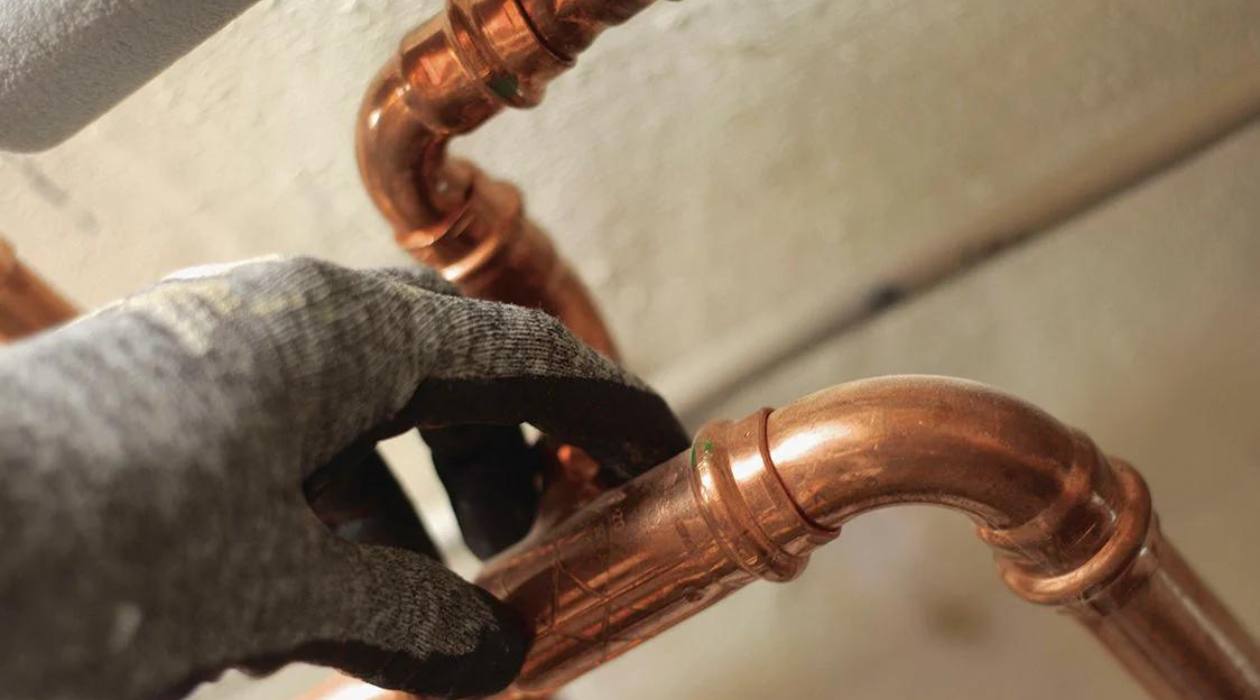
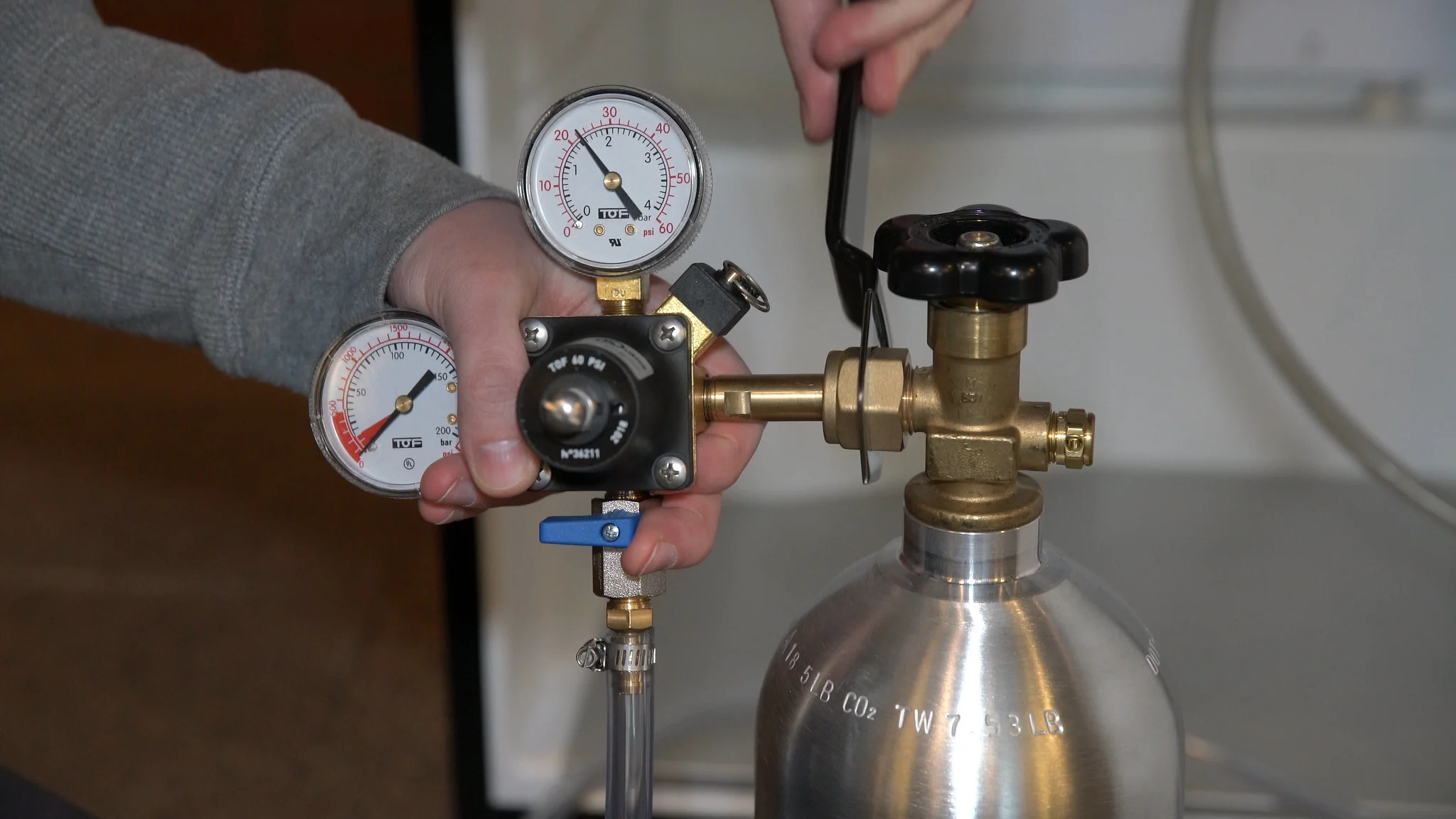
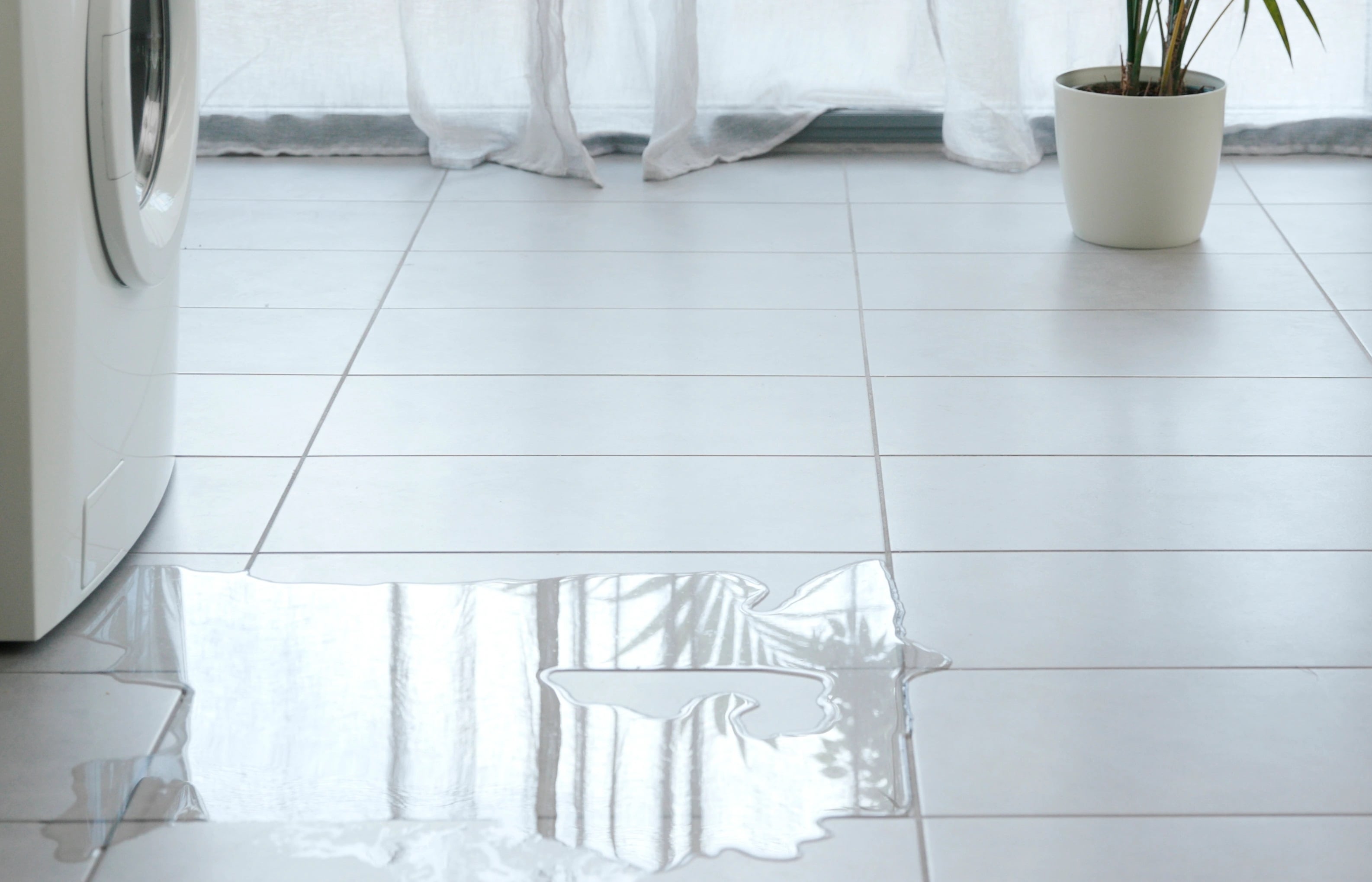
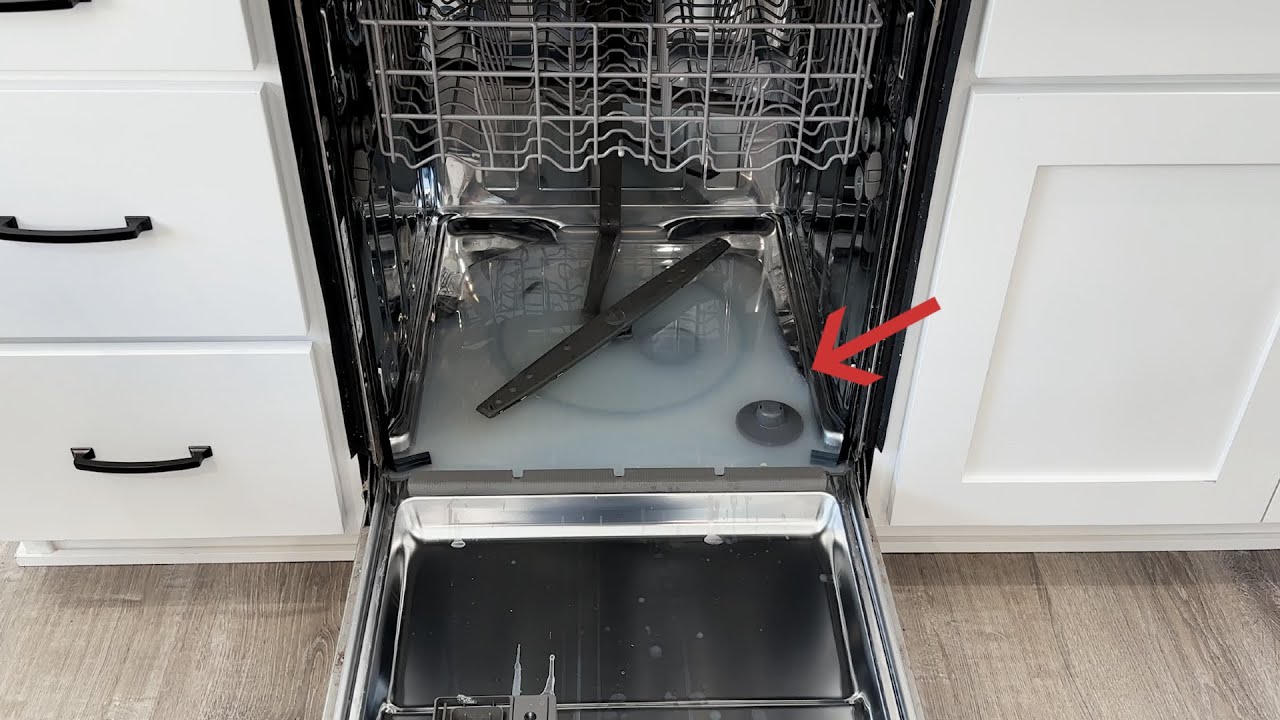
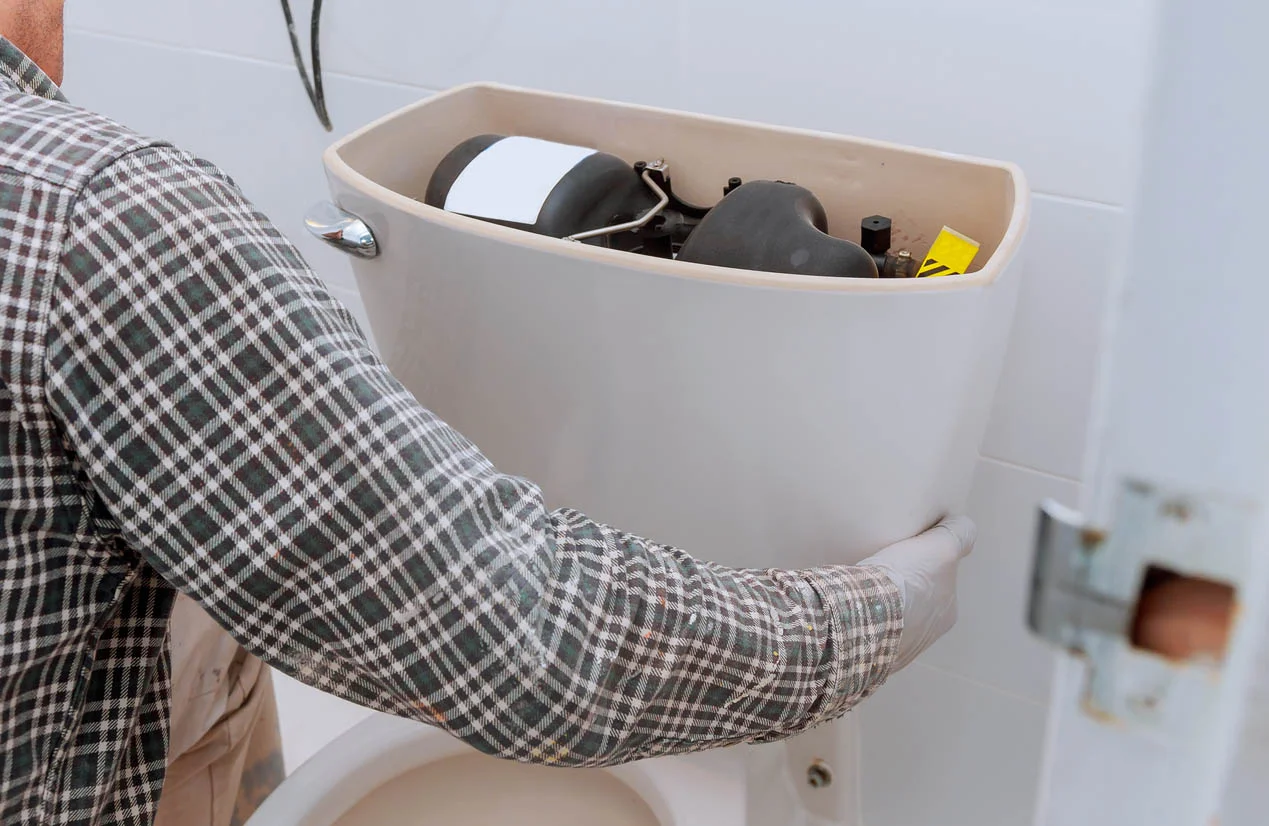
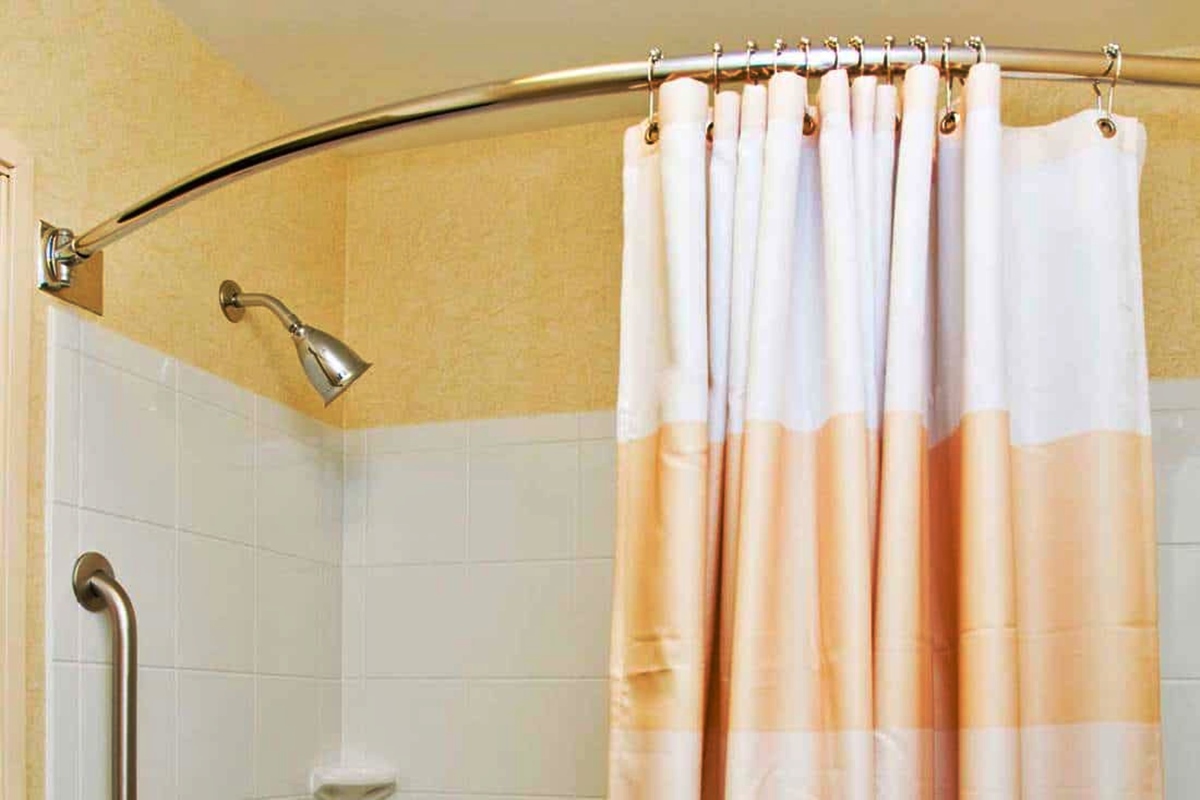
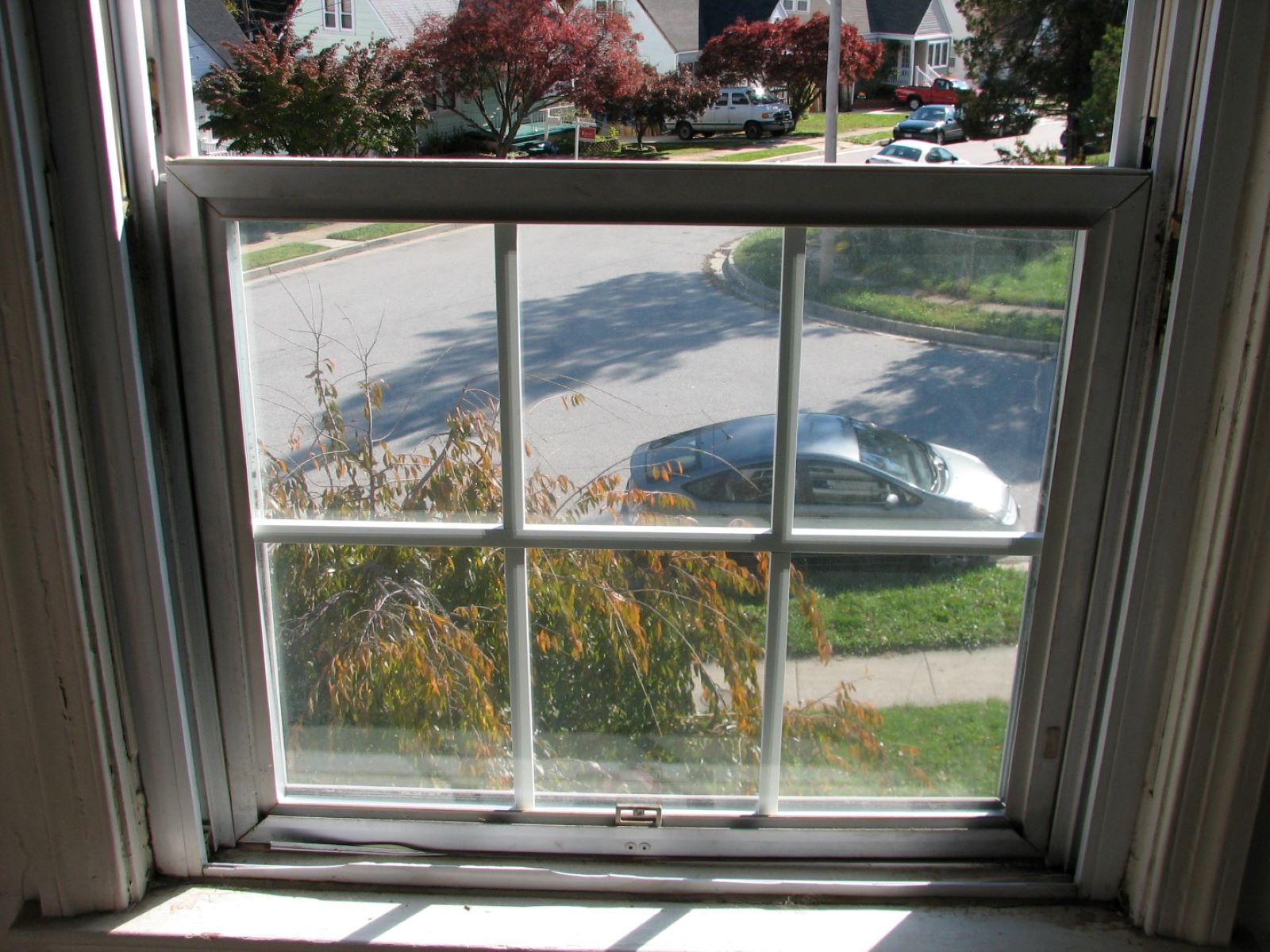
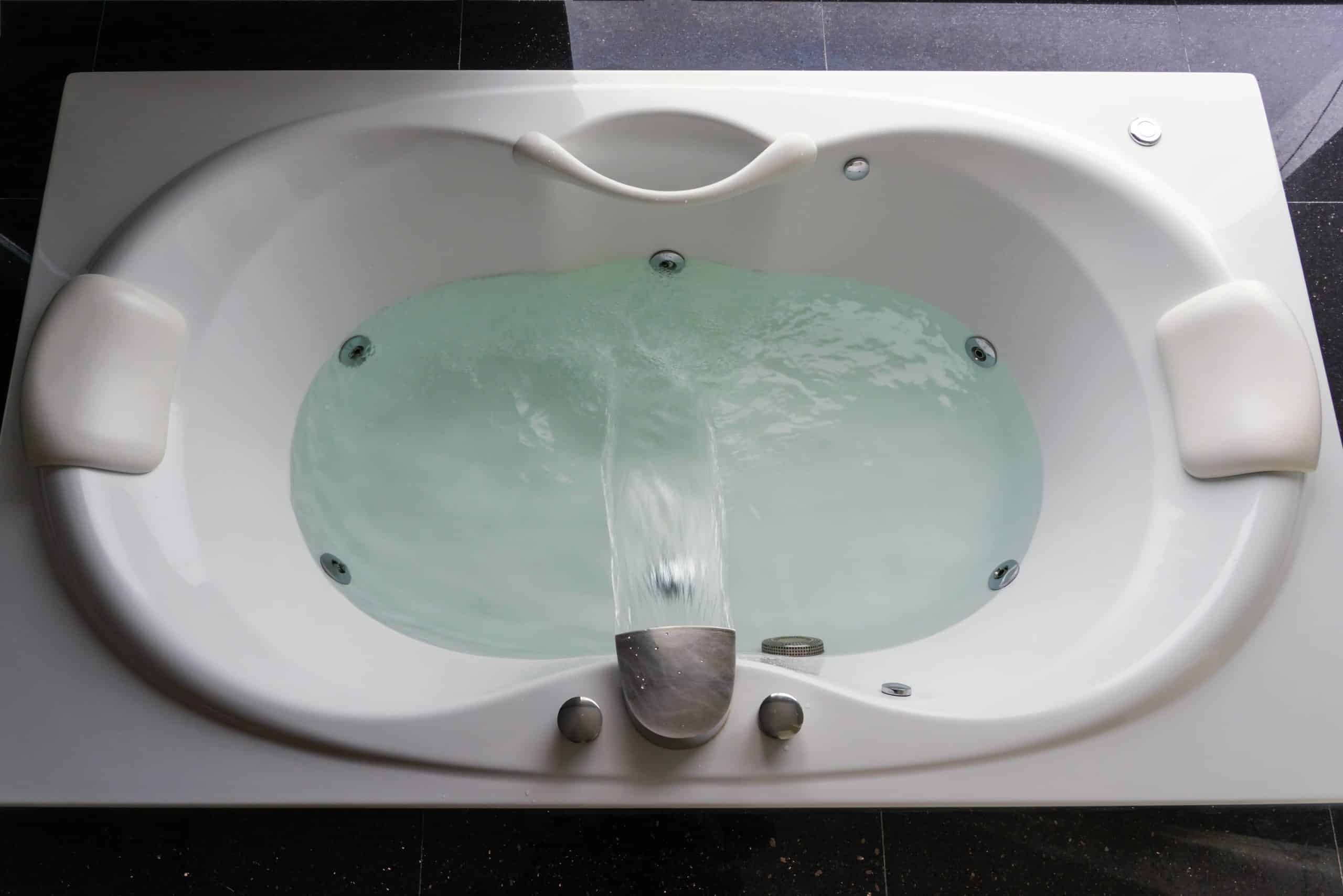
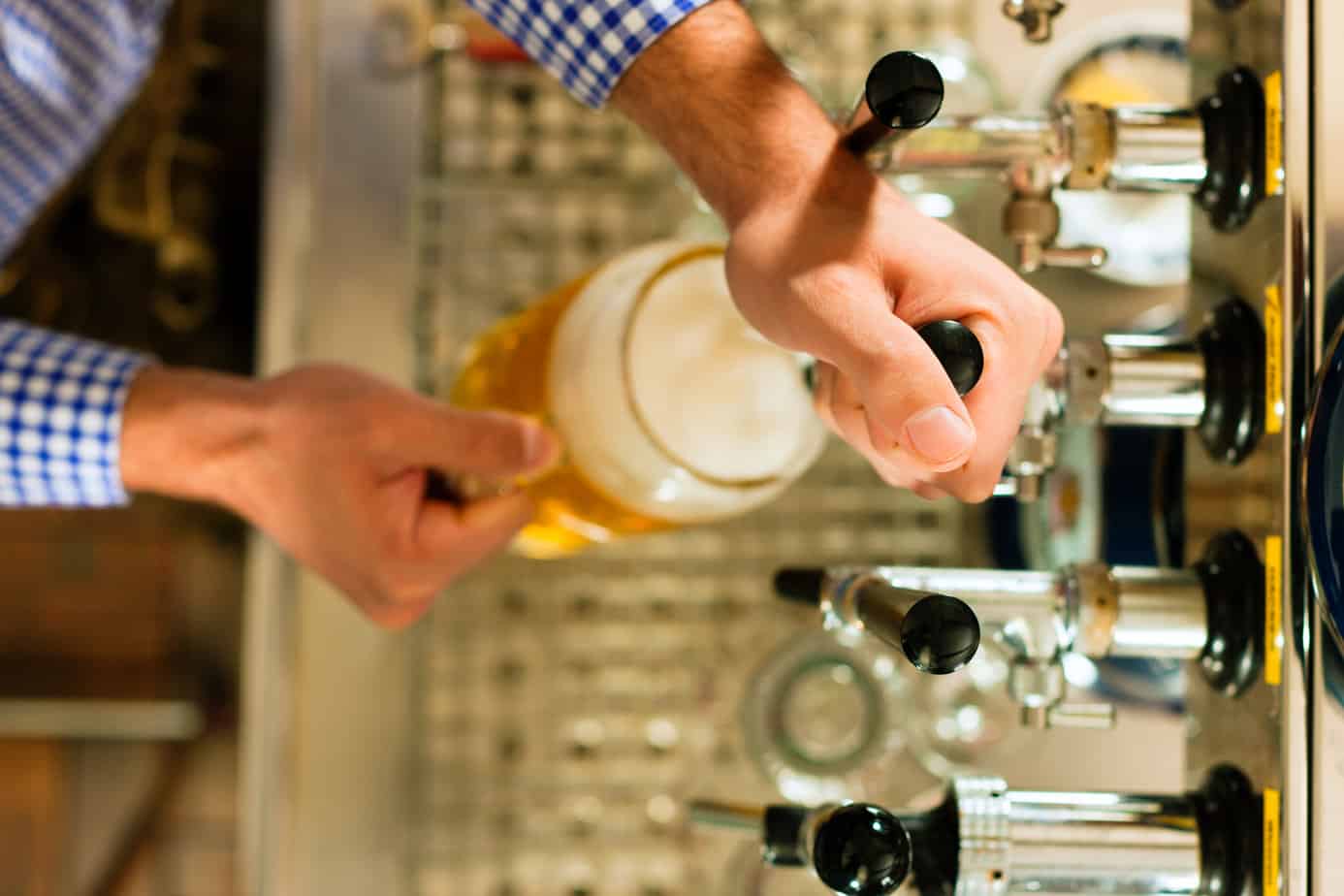
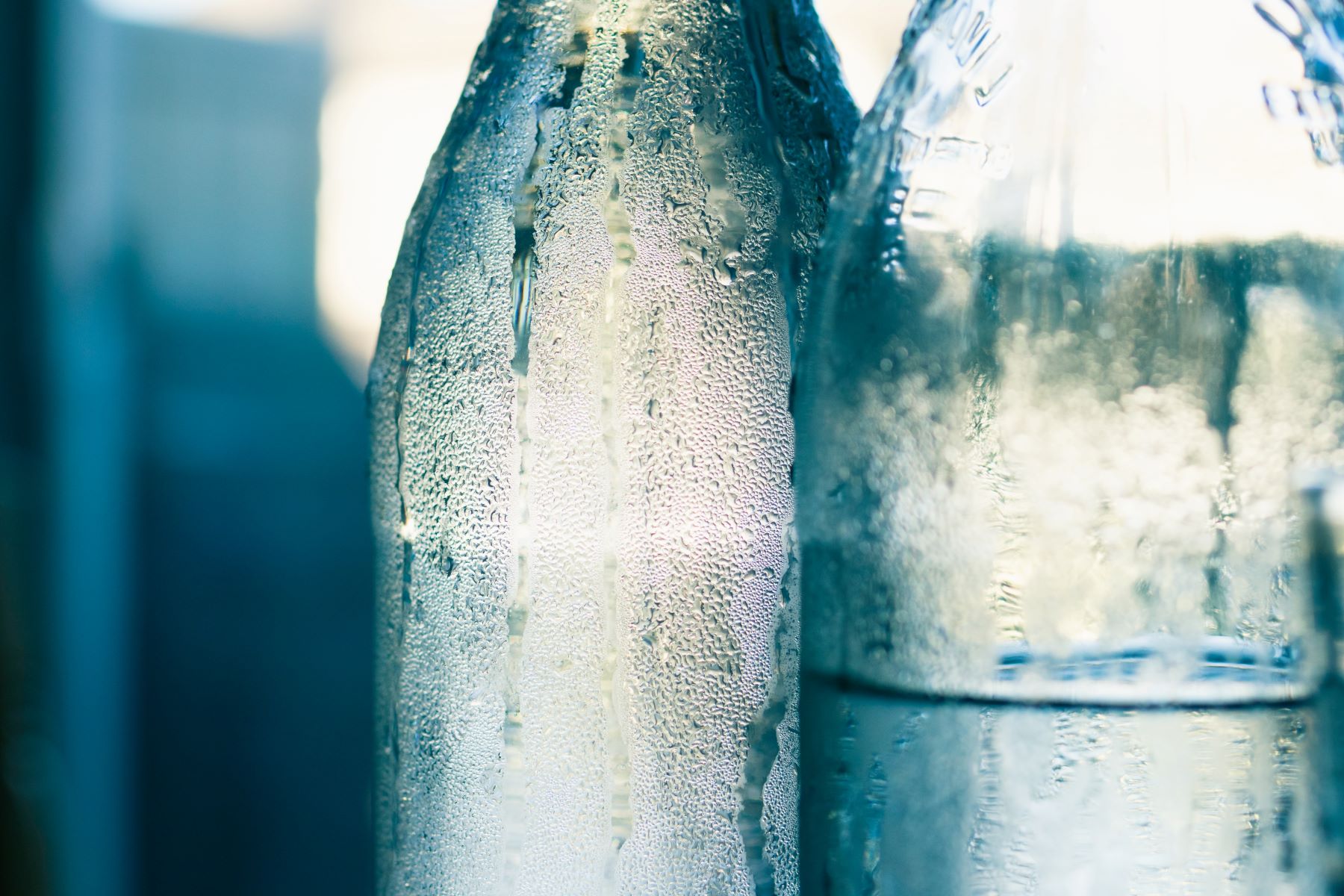
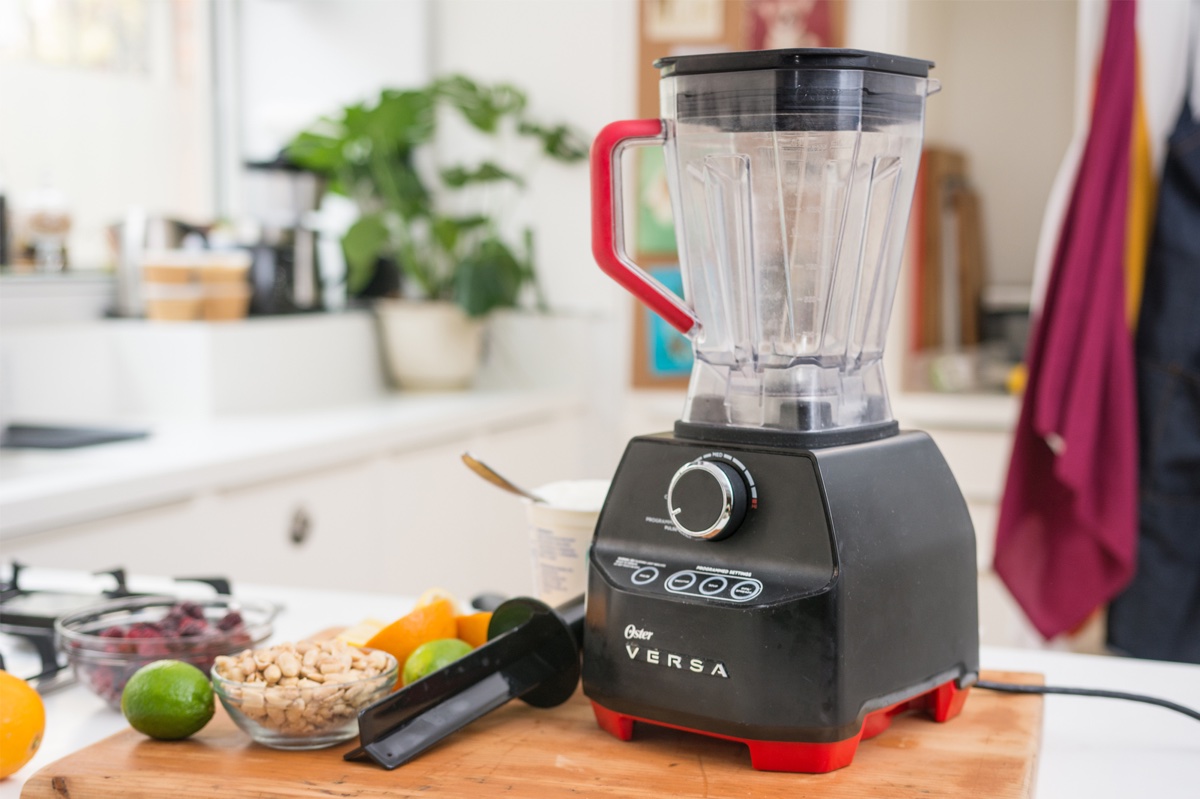

0 thoughts on “Why Does Kegerator Sweat On Bottom”